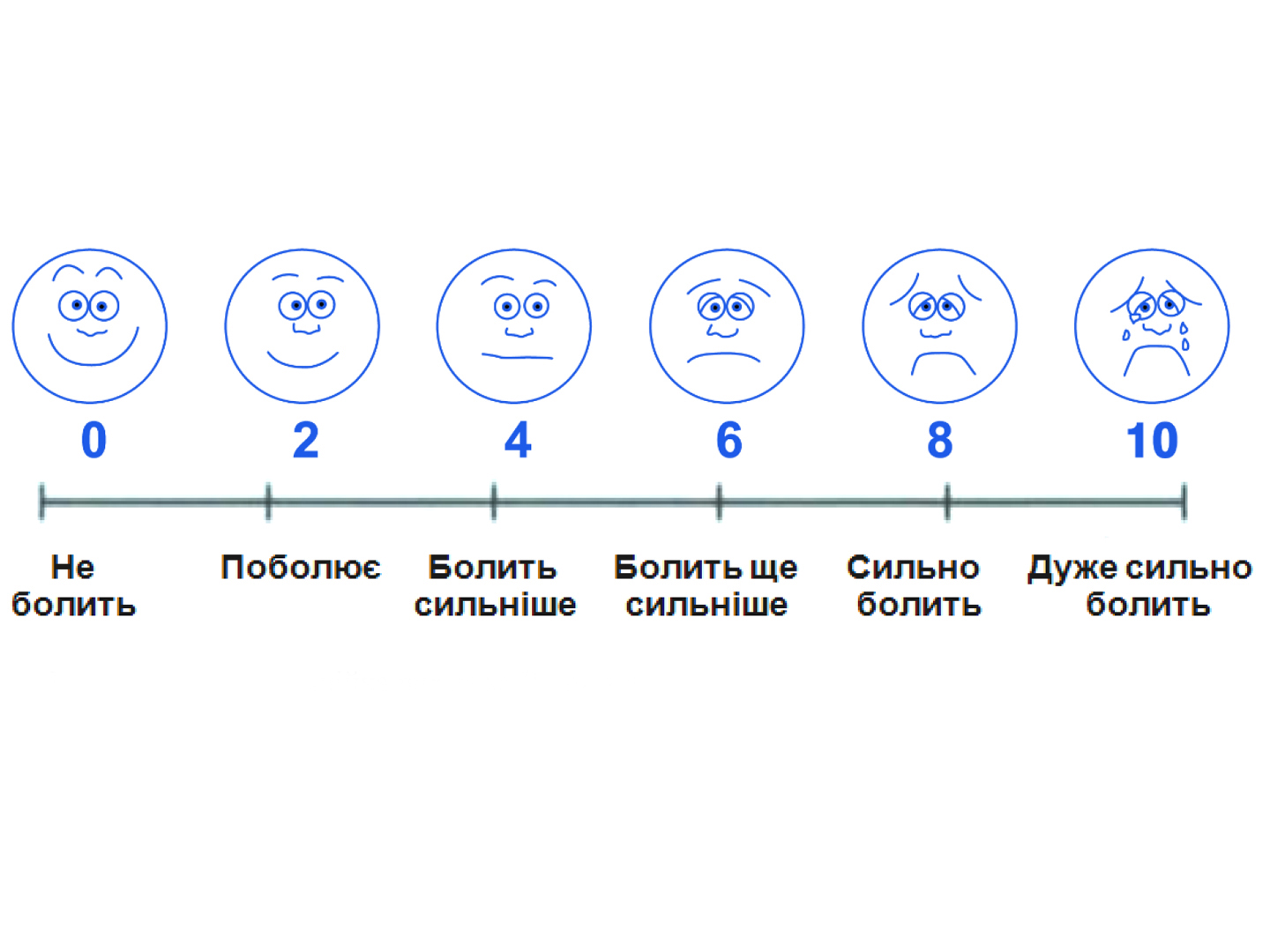The modern approach to intravesical therapy of chronic cystitis
Bogomolets National Medical University Kyiv
The difficulty of treating patients with chronic recurrent cystitis is caused by various factors like the virulence of uropathogenic Escherichia coli as well as the state of the local resistance of the bladder’s mucosa and their interaction. Hyaluronic acid instillations used in the treatment of patients with chronic cystitis led to pronounced positive clinical dynamics in 95% of patients, as well as to more than a 2 fold reduction in the number of recurrences of cystitis, which greatly improved the quality of life of patients. The results allow us to recommend the use of intravesical sodium hyaluronate for the treatment of various forms of chronic cystitis.
Key words: chronic cystitis, intravesical therapy, sodium hyaluronate.
Cystitis is one of the most common urological diseases. Annually, about 3 million patient visits to doctors in the USA alone are associated with various forms of cystitis.
Bacterial infection is the most common cause of chronic cystitis. About 40-50% of women have experienced acute cystitis once in their lifetime, 20-30% of women experience a recurrence within 3-4 months after the first episode of a urinary tract infection. About 10-20% of them suffer from recurrent cystitis throughout their life. The diagnosis of recurrent cystitis involves 2 exacerbations within 6 months or 3 exacerbations during the year, which significantly affects not only the quality of life of patients, but has a large social and economic impact on society as a whole [1].
Recently, there exist experiments confirming the formation of intracellular bacterial communities in urothelium cells, which ensures the persistence of Escherichia coli in the urinary tract [15]. Difficulties in treating patients with chronic recurrent cystitis are caused by various factors like the virulence of uropathogenic Escherichia coli as well as the state of the local resistance of the bladder’s mucosa and their interaction. A uropathogenic Escherichia coli is able to simulate the immune response of macroorganisms. There are well-known immunomodulatory roles of sexually-transmitted intracellular pathogens, which create prerequisites for the development of bacterial cystitis in women [2].
Atrophic processes are of great importance in the development and support of chronic cystitis in women during the postmenopause period. The most severe conditions which are also manifestations of chronic cystitis include cystalgia and interstitial cystitis, which are resistant to standard conservative therapy [8].
In case of interstitial cystitis, changes of phases of the course of inflammatory processes occur, thus leading to a severe pain syndrome and a decrease in bladder capacity with increasing dysuria. This clinical picture and accompanying morphological manifestations indicate the cyclical nature of the disease with frequent changes in episodes of remissions and exacerbations [9].
Chronic cystitis is a disease characterized by a long-standing inflammatory reaction in the bladder tissue. The reason for inflammatory infiltration in the mucosa and submucosal layers of the bladder wall is due to the damage of the intermediary substance of the connective tissue due to various causes – both of congenital and acquired character. Regardless of these reasons, the result is a violation of the physiological regeneration process of the bladder’s epithelium and barrier function of the transitional epithelium [12].
These changes lead to dysregeneratory processes in the urothelium, followed by a change in the physiologically-based distribution of the subpopulations of mononuclear cells. The above changes can be interpreted as the interstitial inflammation with manifestation of glycosaminoglycan deficiency [3].
Glycosaminoglycans and in particular zinc hyaluronate as the biopolymers of the mucopolysaccharide type, are the most important components of connective tissues, skin and mucous membranes. Due to its high hydrophilicity, it readily forms a dispersion matrix with water molecules, which is important in maintaining protective mechanisms as well as the elasticity of the skin and mucous membranes [4, 10]. The most important fact is that hyaluronic acid enhances the migration of fibroblasts. The local concentration of hyaluronic acid increases in the process of tissue regeneration: this creates optimal conditions for the activation of the migration and proliferation of cells involved in tissue regeneration. The local microcirculation improves as a result of such angiogenic properties. In cases of pathological processes, the concentration of hyaluronic acid in tissues decreases due to such imbalance and the recovery process slows down. In case of interstitial cystitis, the concentration of hyaluronic acid in the bladder’s mucous membrane decreases, thus leading to a decrease in the proliferation and regeneration of epithelium, which can be influenced by the local application of hyaluronic acid. Naturally, hyaluronic acid occurs in the form of sodium salts; it is a homopolymer of M-acetyl-O-glucosamine and D-glucuronic acid, 1-3-beta-linked. The molecular mass ranges from 1000 to several million Daltons [13].
Studies conducted in recent years have found that hyaluronic acid binds to a large number of molecules in aqueous solutions with the formation of a dense molecular “sieve”. The dispersion matrix forms canaliculi for selective diffusion of water-soluble molecules. Hydrophobic areas regularly repeat on the molecule, that facilitates the interaction between cellular membranes and hydrophobic type proteins [11]. It should be noted that hyaluronic acid controls the water content in the extracellular fluid, counteracting bacterial penetration. In addition, it binds to cations and significantly affects cell mobility and tissue regeneration [4]. Treating recurrent infections of the lower urinary tract is a great challenge. Prolonged courses of antimicrobial therapy with oral doses give a positive effect only during the treatment, while frequent recurrences of infection are observed again after discontinuation of therapy [5].
Moreover, such tactics lead to the development of microorganisms which are resistant to antimicrobial drugs [6, 14].
Vaccination therapy has so far failed to fulfil expectations. Recurrent cystitis is difficult to treat conservatively, thus driving numerous researchers to look for new therapies.
Intravesical usage of hyaluronic acid is a promising method, but it requires the carrying out of several randomized trials.
All of the above determine the relevance of this topic.


